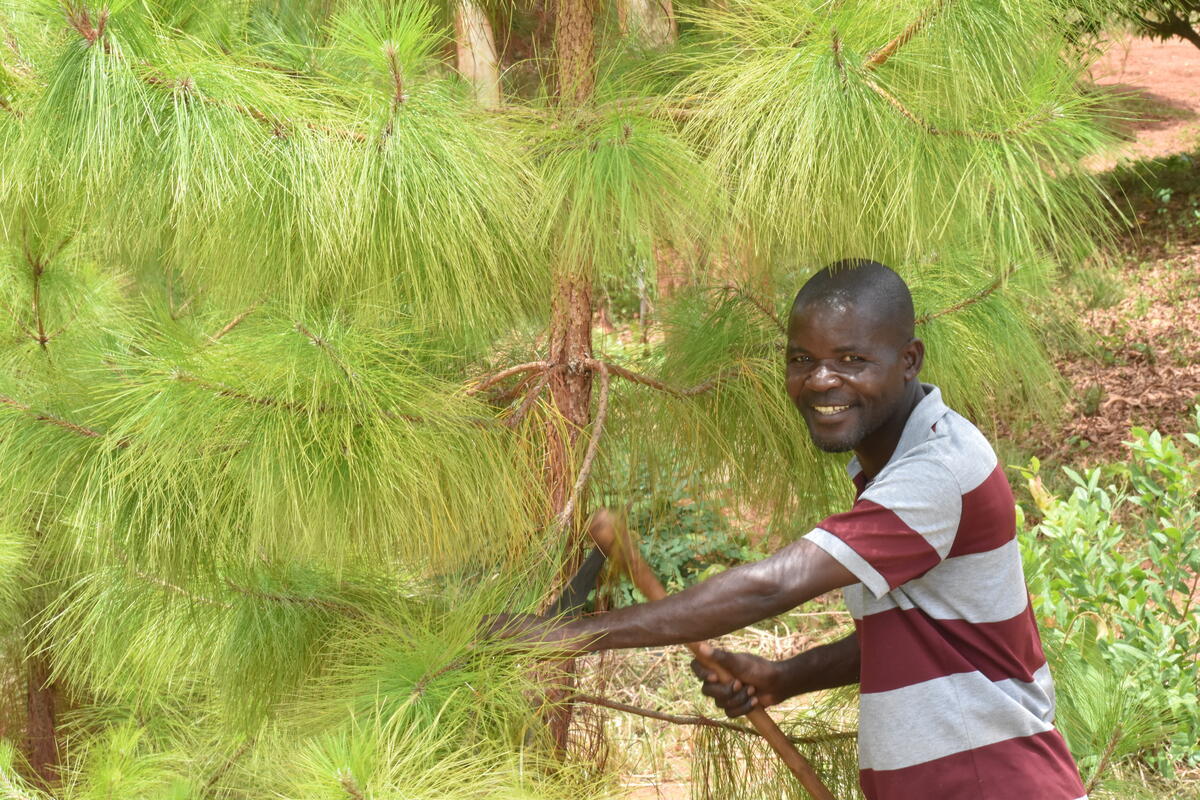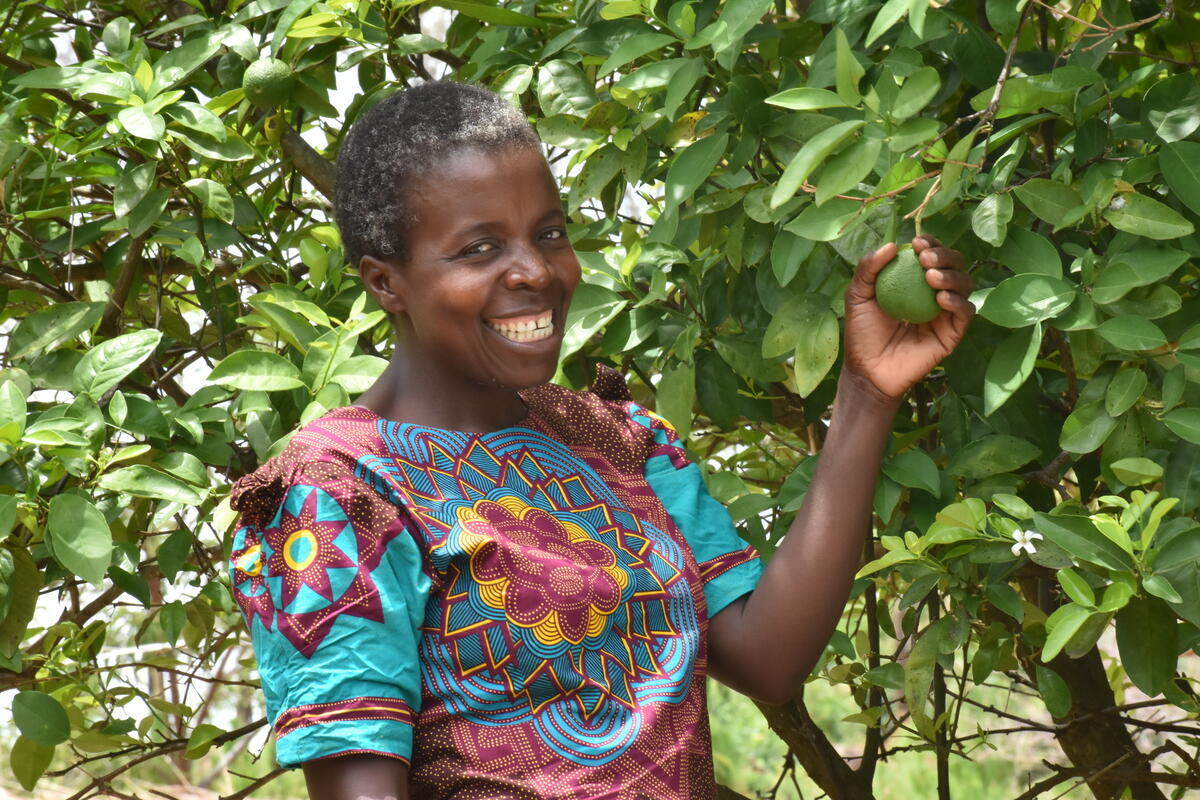What is ARDHI Tanga?
In the lush but increasingly fragile landscapes of Tanzania’s Tanga region, communities are facing a growing crisis. Forests are being lost at an alarming rate, land is degrading, and climate change is making life harder for families who depend on natural resources for food, fuel, and income. The ARDHI Tanga project, led by World Vision Tanzania in partnership with World Vision Ireland, is a bold and hopeful response to these challenges.
ARDHI Tanga, which stands for Accelerating Reforestation for the Development of Households in Tanga, is a three-year initiative that aims to restore forests, promote clean energy, and create sustainable livelihoods for thousands of people across four districts: Handeni, Kilindi, Mkinga, and Pangani. Funded by the European Union, the project is designed to benefit over 150,000 people, including 20,000 direct participants, with a strong focus on youth, women, and people with disabilities.

At its heart, ARDHI Tanga is about changing the way communities interact with their environment. In many parts of Tanga, charcoal production is one of the few available sources of income—but it comes at a high cost. Trees are cut down without replacement, traditional charcoal kilns waste wood, and the land suffers. The project tackles this head-on by helping communities adopt more sustainable practices. This includes training charcoal producers to use efficient kilns, supporting the creation of charcoal producer associations, and promoting cleaner alternatives like charcoal briquettes and fuel-efficient cookstoves.
But ARDHI Tanga goes far beyond technical fixes. It’s about transforming mindsets and behaviours. Through community workshops, digital campaigns, and youth-led advocacy, the project encourages people to see forests not just as resources to be used, but as vital ecosystems to be protected. Faith leaders, community influencers, and local government officials are all involved in spreading this message and helping communities take ownership of their natural surroundings.
Young people are central to this transformation. The project trains youth leaders to use digital tools and social media to raise awareness, monitor environmental policies, and hold local authorities accountable. These youth-led initiatives are not only changing attitudes, they’re also giving young people a powerful voice in shaping their future. Many of these activities build on the success of the earlier SAUTI Youth project, which showed how effective youth engagement can be in driving climate action.
ARDHI Tanga also supports families to diversify their incomes in ways that are good for both people and the planet. Women’s groups and youth collectives are trained in sustainable agriculture, beekeeping, and small business skills. Savings groups are formed to help families invest in new opportunities, and access to clean energy technologies like solar and biogas is expanded. These efforts help reduce pressure on forests while improving food security and household resilience.

The project’s impact is designed to last well beyond its three-year timeline. By strengthening local institutions, improving environmental policies, and building community capacity, ARDHI Tanga lays the groundwork for long-term sustainability. It’s not just about planting trees—it’s about planting hope, and nurturing a future where people and nature thrive together.
In a world facing increasing environmental challenges, ARDHI Tanga offers a powerful example of how local action, supported by global partnerships, can make a real difference. It’s a story of restoration, resilience, and renewal—and one that World Vision Ireland is proud to be part of.
World Vision Ireland CEO, Gillian Barnett, Shares Highlights from ARDHI Tanga
One month after her visit to Tanzania, World Vision Ireland CEO Gillian Barnett shares her reflections on the ARDHI Tanga project- a powerful initiative transforming communities and landscapes across the Tanga region.
